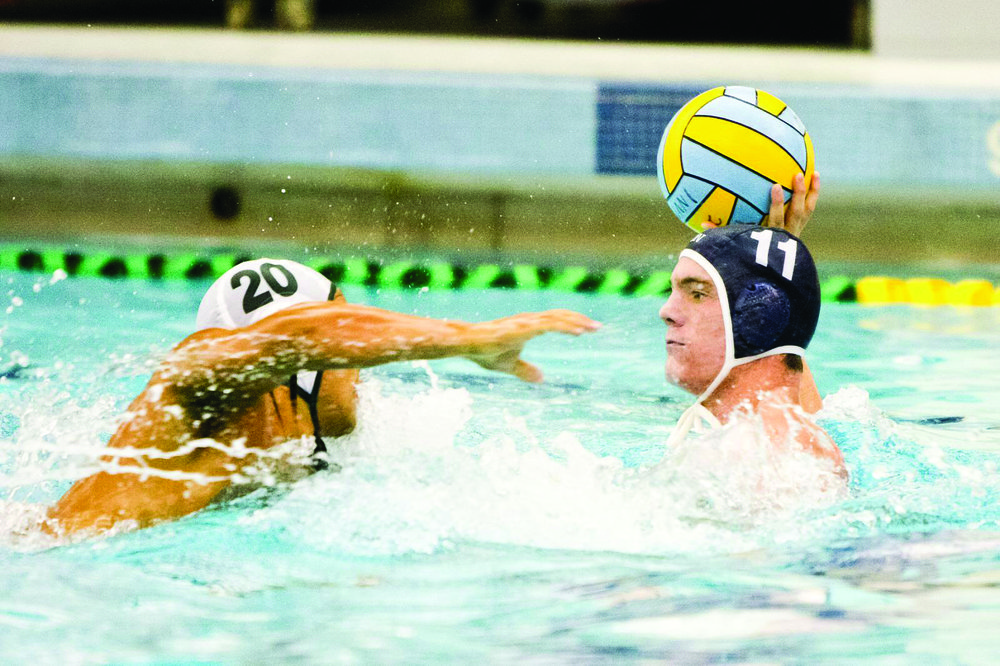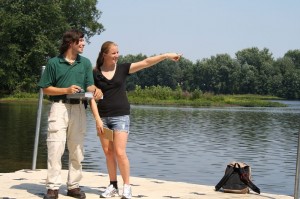By Laura Crowley
Writer
Kappa Alpha Psi has been the University’s only predominantly African American fraternity since its induction on April 28, 1989. The Xi Kappa Chapter on campus was locally founded as a colony of the Mu Beta Chapter at East Stroudsburg University in Pennsylvania. Although the historically black fraternity has thousands of members nationwide, there are just four at the University.
Chapter president Nicholas McLeod ’11 attributes the low membership rate to its high selectivity. When questioned about the recruitment process, McLeod said the fraternity does not have a formal rush process. An open invitation to attend an informational meeting is extended to all men at the University. After the meeting, those interested in the chapter begin a formal application process that consists of a written application, interview and involvement in chapter activities. If accepted, the new member then begins a membership intake program.
Though the fraternity’s current membership is very small at the University, its housing situation is similar to that of other fraternities. Since 2009, the fraternity has been living together in the Martin house on St. George Street. “Our founders believed that cohabitation was an essential element to fully experiencing brotherhood,” McLeod said.
McLeod notes Kappa Alpha Psi stands out for its public service. Although the fraternity is and always has been a social organization, social aspects of Kappa Alpha Psi “are not atop the priorities list of the chapter.” The president emphasizes the fraternity’s outstanding commitment to “rendering service in the public interest through our Guide Right Programs, Community Service and Educational Programs,” McLeod said.
Although social aspects are not the fraternity’s main priority, the fraternity is dedicated to its social responsibilities. “Any Black Greek Letter organization here at Bucknell must take seriously the charge of being both a social organization as well as a community service organization; BU’s chapter of Kappa Alpha Psi has risen to these dual challenges for over 20 years,” said James Peterson, faulty adviser to the fraternity and assistant professor of English.
Brotherhood is another priority for the fraternity. “The Xi Kappa chapter of Kappa Alpha Psi Fraternity, Inc. prides itself on being the standard for upholding the genuine lifelong brotherhood that is shared here at Bucknell as well as throughout the fraternity as a whole,” McLeod said.
Although Kappa Alpha Psi is the only African American fraternity at the University, the organization is more similar to other fraternities on campus than it is different. “We, just like any other fraternity here on campus, are striving to promote brotherhood and render service in our communities,” McLeod said.

